By Matthew Jarron, Curator of Museum Services
Dundee has an exceptional collection of over 500 sculptures, murals, mosaics and other forms of public art. The latest exhibition in the Lamb Gallery showcases photographs of artworks past and present as well as unique behind-the-scenes material such as models, design sketches and installation images.
Decorative carving on buildings in Dundee goes back at least as far the 15th century, but what brought international attention to the city was the pioneering Blackness Public Art Programme in 1982-5. The catalyst for this was Liz Kemp, then Assistant Curator at the City Museum & Art Gallery (now The McManus). Keen to commission art in the community, she began discussions with the council planning department concerning the potential role of artists in a new programme of environmental improvements that had just been approved for the Blackness area. As one of the densest areas of industrial activity a century before, Blackness had been left with dozens of empty, derelict buildings as the jute industry went into terminal decline. The Blackness Business Development Area scheme was initiated as Scotland’s first Industrial Improvement Area, with £8 million of funding.
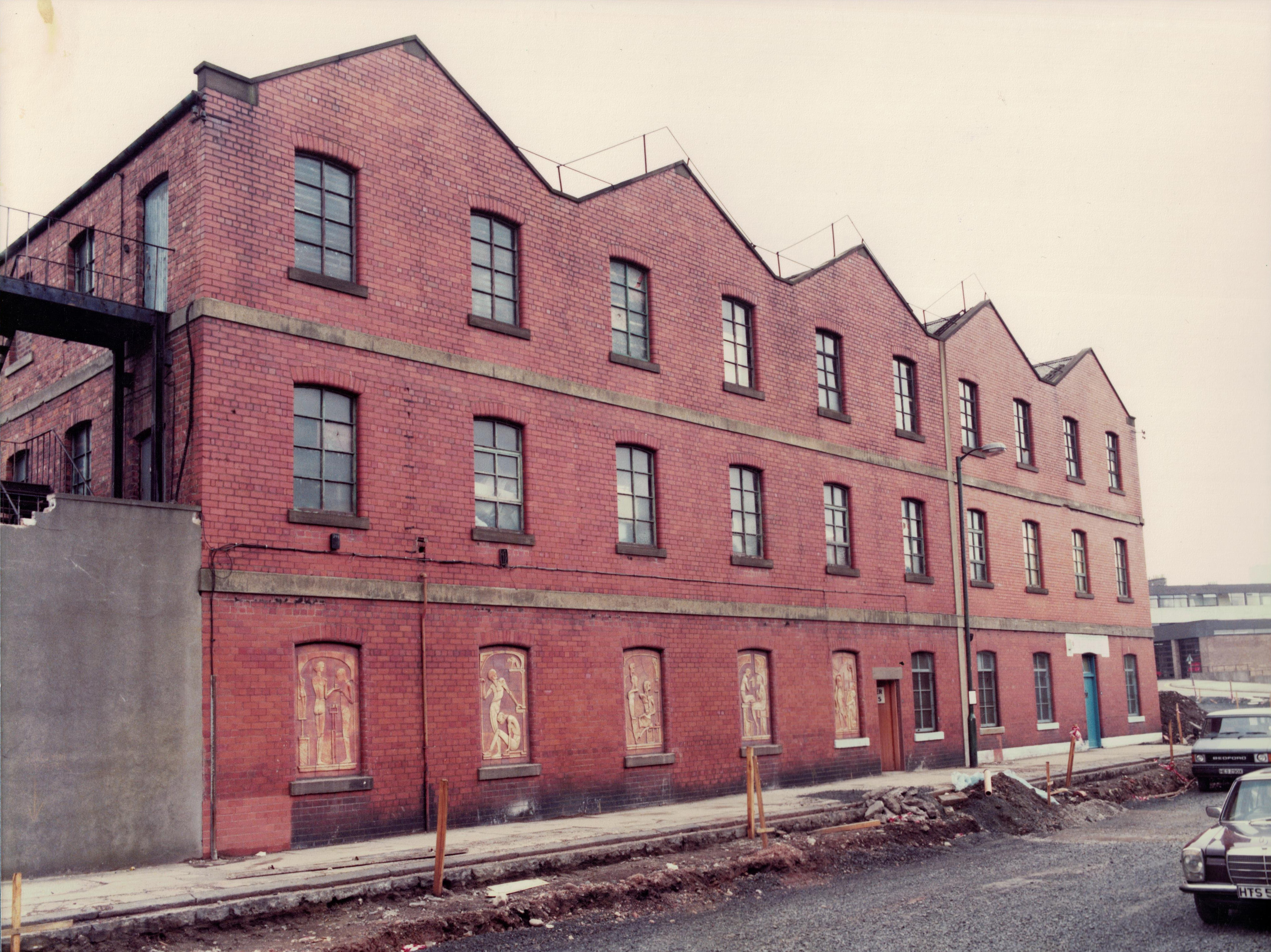
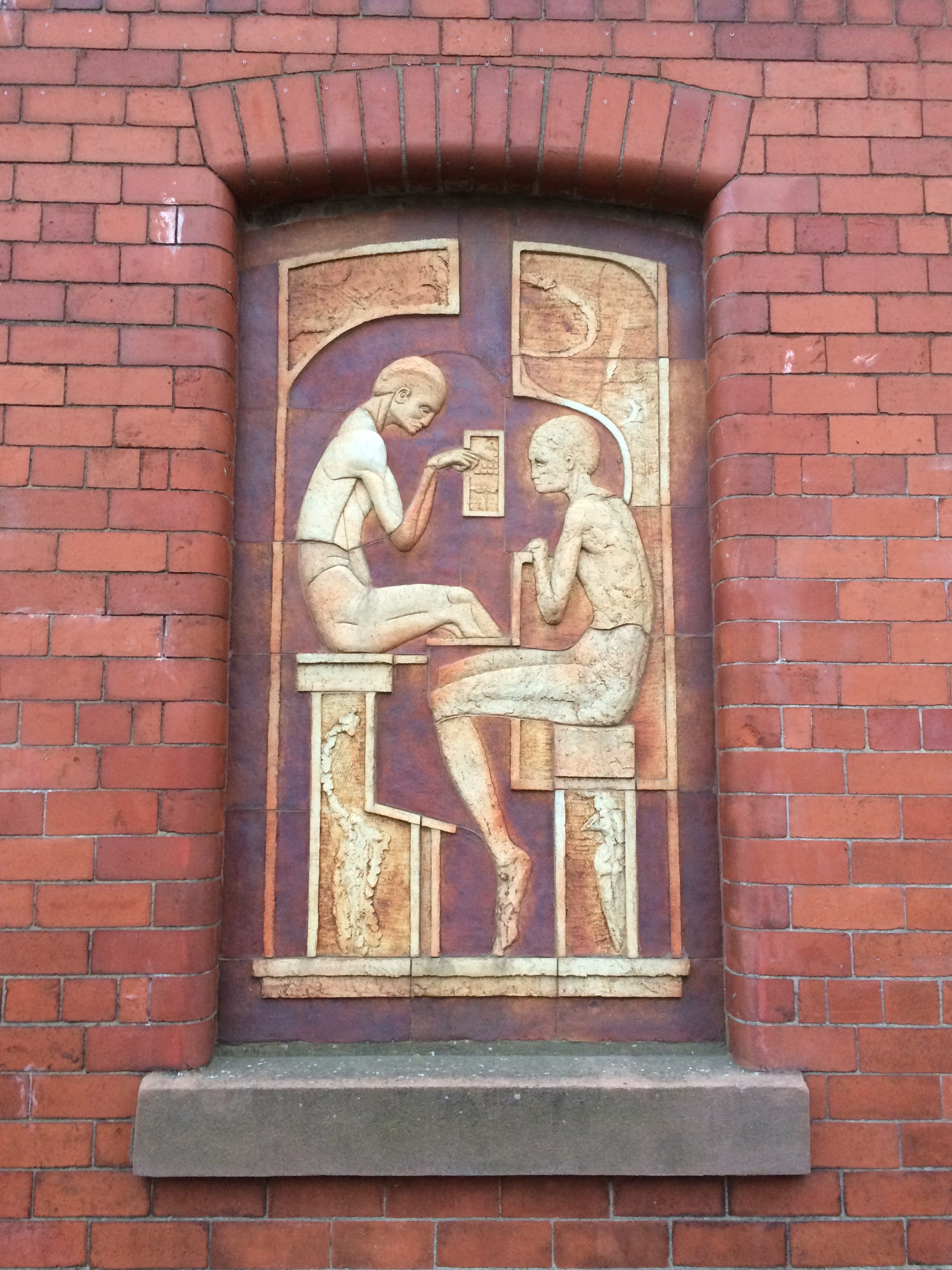
Kemp succeeded in establishing a three-year, £90,000 project funded by Dundee District Council, the Scottish Development Agency and the Scottish Arts Council. The programme was revolutionary – artists, architects, planners and engineers worked together to create a unified approach to the visual transformation of the area, with active engagement from local residents and businesses.
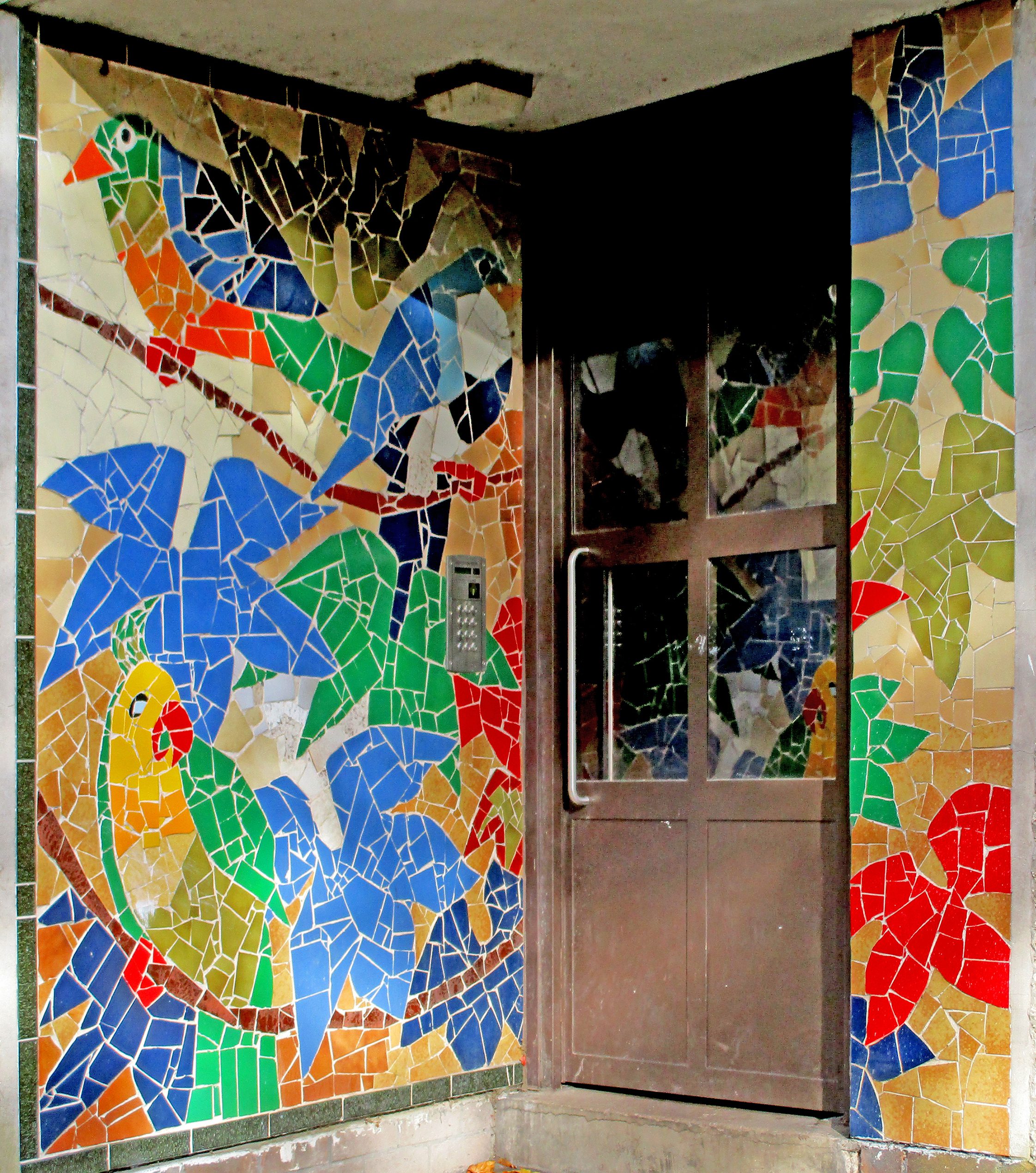
Bob McGilvray was appointed as co-ordinator of the programme, commissioning three or four artists each year to create site-specific pieces of art, including ceramics, sculpture, murals and mosaics. Overall the Blackness project was a tremendous success, with 60 new businesses moving to the area. The role of art was seen as critical, and marked the beginning of the council’s investment in culture-led regeneration, which has continued to this day.
The success of the Blackness programme encouraged the council to continue the project, expanding it in 1985 to become the Dundee Public Art Programme. This was the first city-wide programme of public art in the country and would remain the largest programme in Scotland throughout its existence. It received annual funding from the Scottish Arts Council and project funding from individual clients, principally the local council. It was a model that would be widely imitated across the country.
As with the Blackness project, the Dundee programme was characterised by its holistic approach, fully integrated into wider environmental improvements. As well as landmark sculptural pieces, the programme also commissioned a range of unique street furniture (bollards, benches, railings and gates) around the city centre.
One benefit of an on-going programme was the ability to build long-term relationships with particular artists, and the programme was instrumental in the professional development of several Dundee-trained artists, including David Annand, David F Wilson and Tony and Susie Morrow. The programme’s reputation was such that it also took on commissions for the development of important sculptural pieces elsewhere – for example in Perth and Arbroath.
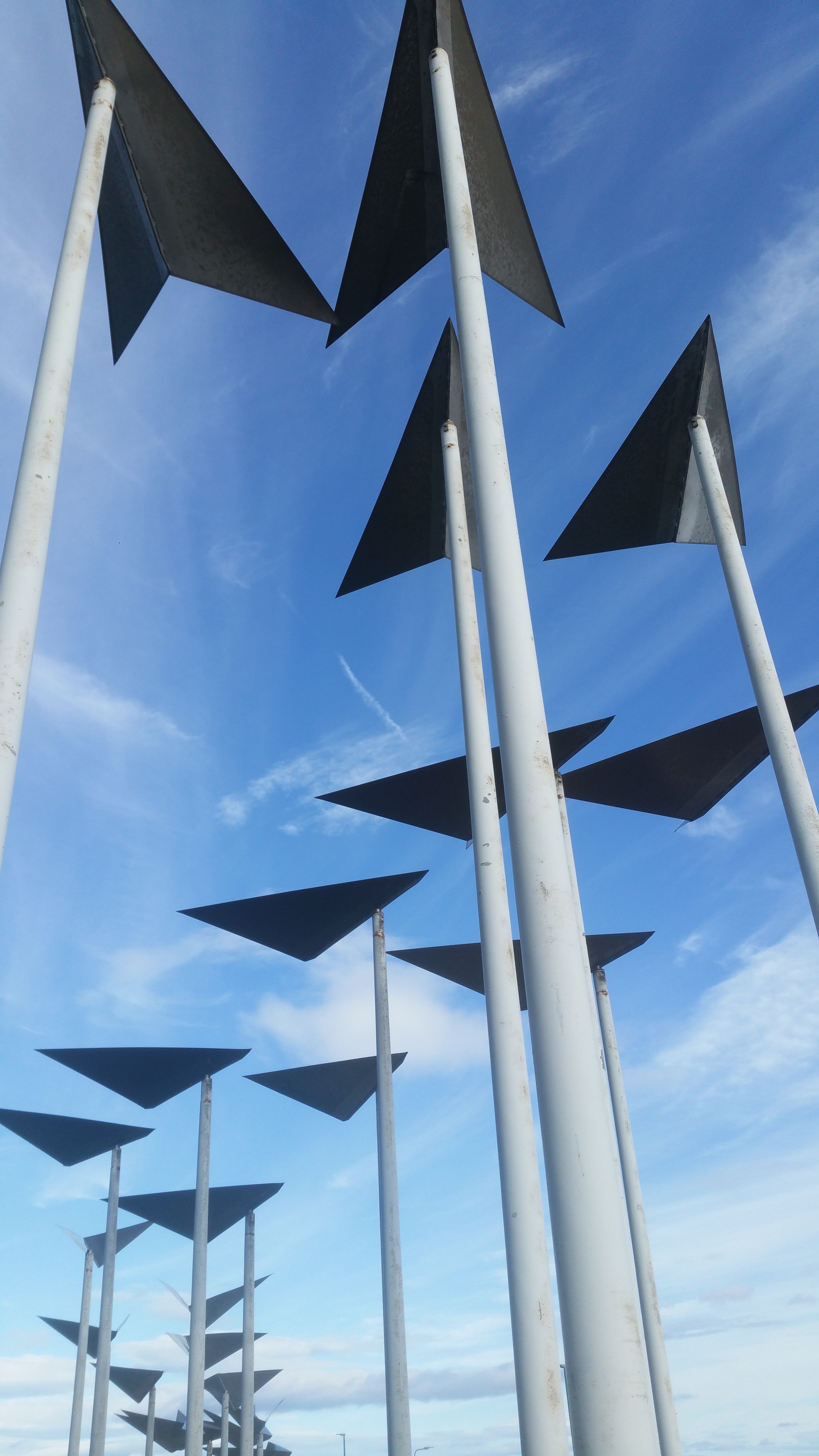
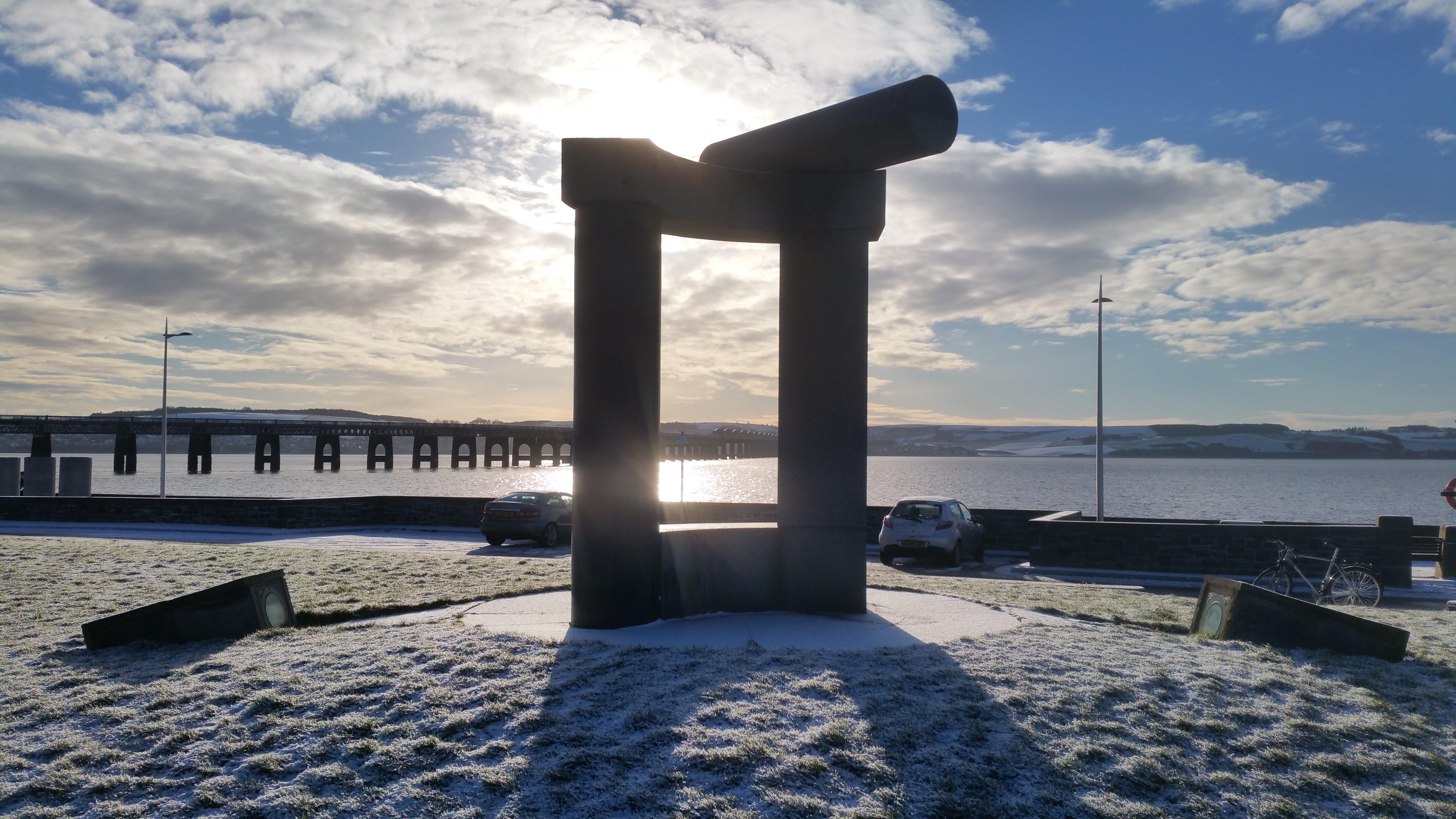
In 2003 the Dundee Public Art Programme came to an end after its core funding from the Scottish Arts Council was withdrawn. Thankfully, this was not the end for public art in the city. John Gray, one of the artists involved in the Blackness programme, was by that time working in the council planning department and had assumed the unofficial role of public art officer. In 2002 he helped to persuade the council formally to adopt a Percent for Art Policy, whereby at least 1% of the construction costs of any major new building development would be spent on public art. This has led to numerous significant pieces for the city, including Dalziel + Scullion’s Catalyst (2008), Marion Smith’s Panmure Passage (2009) and Malcolm Robertson’s Jute Women (2014).
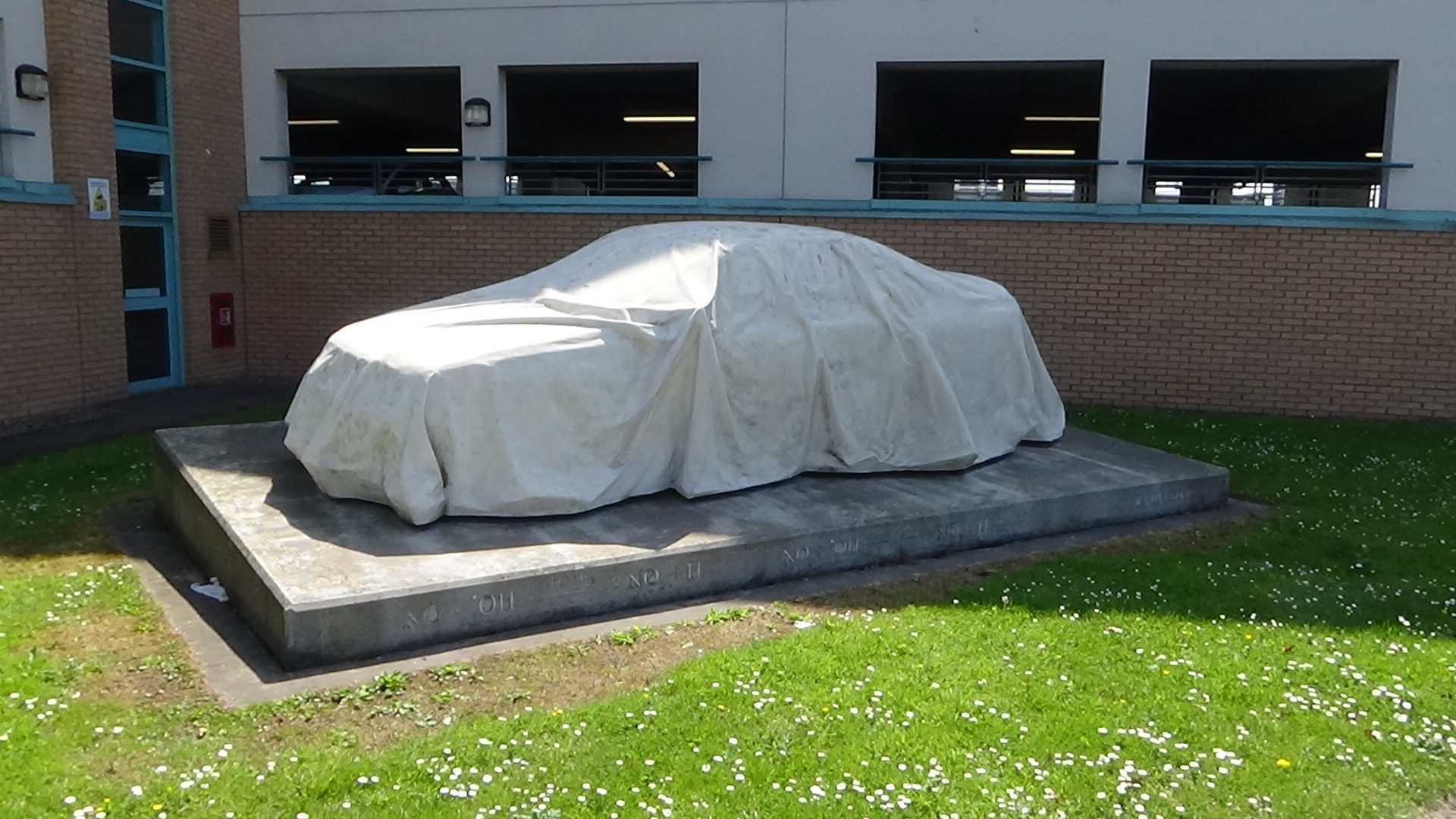
In the last few years, the city has seen an explosion of new public artworks, including murals through the Open/Close Dundee initiative run by Russell Pepper, and community projects such as Dighty Connect and the work of the Arts & Communities Association.
In 2018 the Public Art Dundee project was launched by the University of Dundee Museum Services, working with various local and national organisations and volunteers to research, catalogue and promote the city’s exceptional collection of public art, old and new. This has included recording artworks on the Art UK website and Historic Environment Scotland’s Canmore database, as well as creating a searchable Public Art Dundee website.
Art for All – The Pioneering Story of Public Art in Dundee is in the Lamb Gallery from 2 Aug to Oct 26. Exhibition opening hours are Mon-Fri 9.30am-7pm, Sat 1-5pm.
The exhibition will be accompanied by a series of tours and other events. For more information, visit the web page.
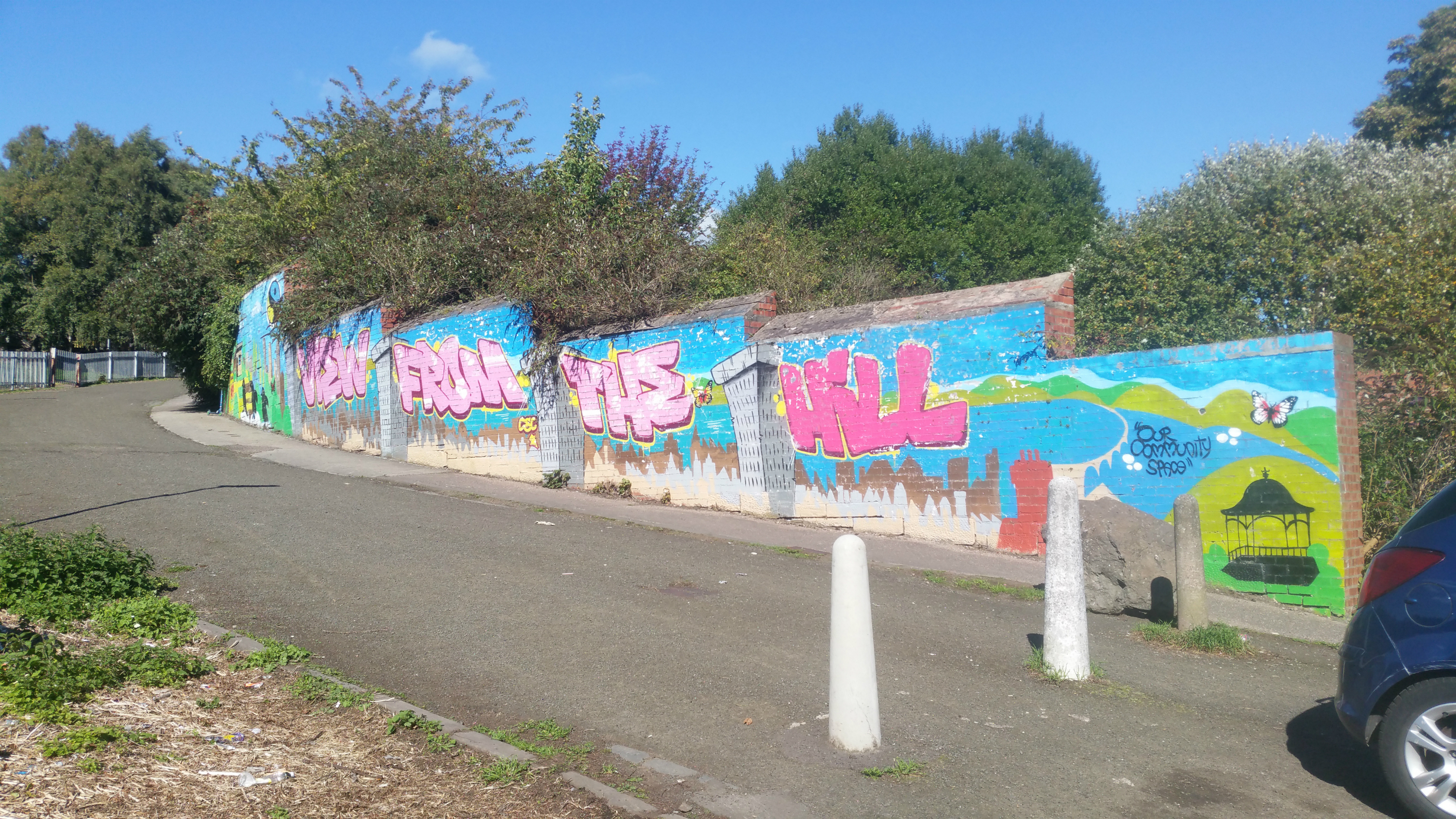
Images:
- Artists’ Collective painting the Hawkhill mural at Ryehill, courtesy of Paul Grime
- Bellfield Street ceramic panels by J Keith Donnelly
- Polepark flats mosaic by Blackness Environmental Arts Team, photograph by David Oudney
- On the Wing by Diane Maclean
- Bridge by Doug Cocker
- Catalyst by Dalziel + Scullion
- Hilltown mural by Our Community Space volunteers with Pamie Bennett and Adam Milroy

